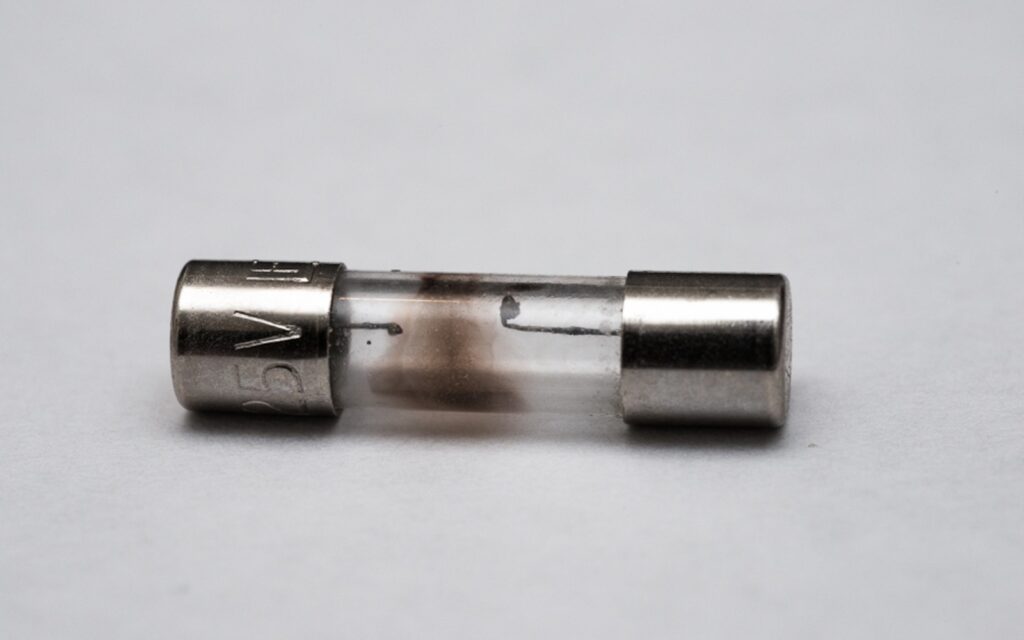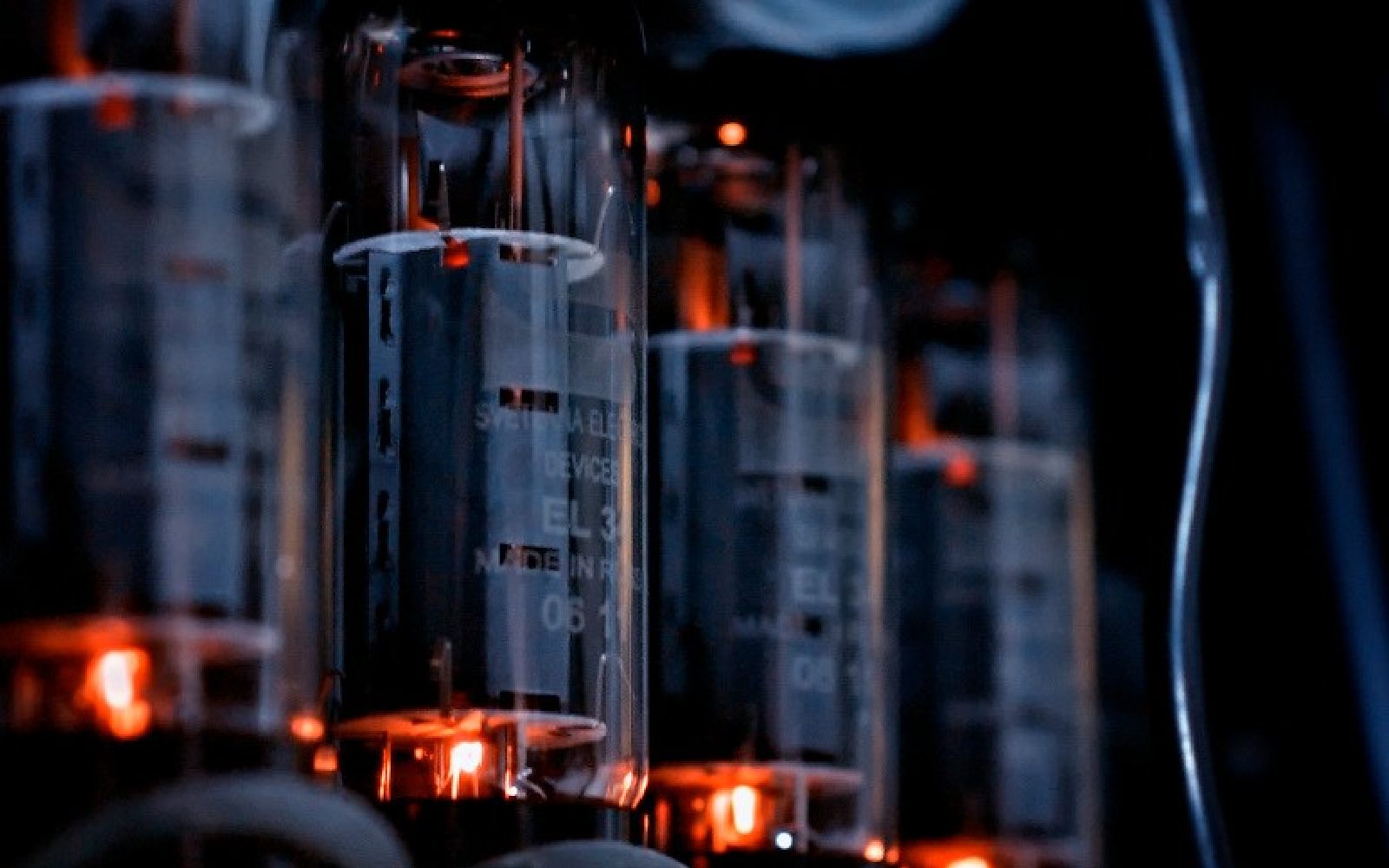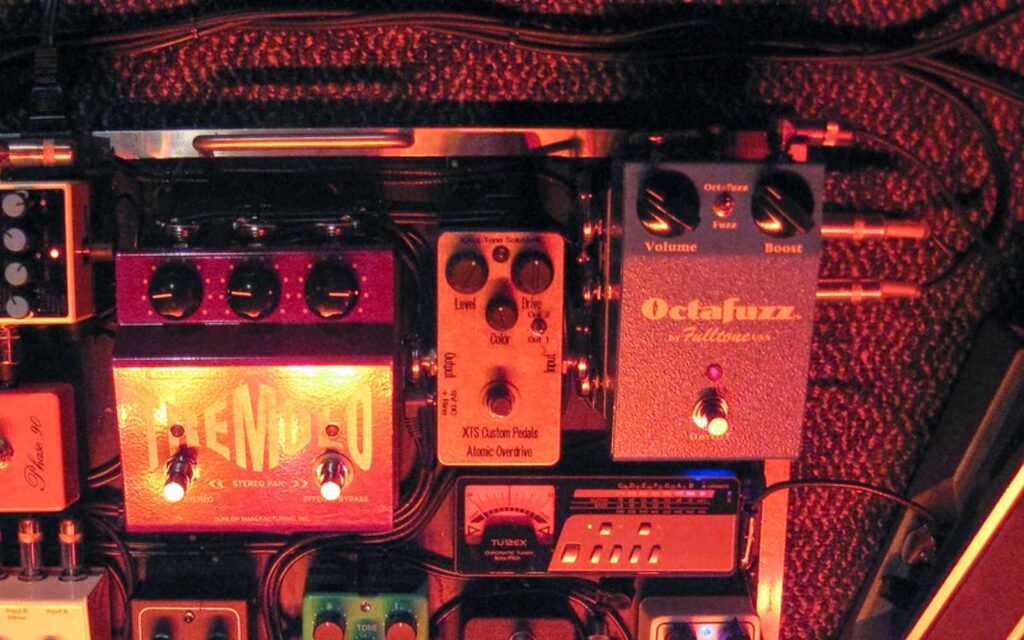Investing in tube tone can go awry if you're not careful!
A tube guitar amplifier is quite an old technology, and there’s a reason it’s still around, revered and used today. While they require service and upkeep, it’s well worth the effort! There’s a lot of misinformation around, tubes and valves being quite fragile. While we’ll admit it’s not always easy to be careful when something goes awry on stage, a little extra care can pay dividends.
“Dude! What are you frick’n doing?” your impatient mate yells out. You plug the speaker lead in and the amp sounds fine. “Phew, now let’s get going.”
All tube amps need a speaker plugged in. All good now! Not long into the first set, your trusty old amp makes this huge humming sound and then just stops!
“Dude! What’s happening now?! We’re paying for this you know!”
“It’s just a fuse guys!”
It takes a 3 amp, and you can only get a 10 amp.
“This should be ok?”
Fuses
If your guitar amplifier hums like that, there is something seriously wrong with it. You have probably fried a tube from using the amp without a speaker. And by putting a higher rated fuse in it – because that’s all you could find – could cause even more damage, like a blown output transformer. Specific fuses are required because above that rating, you can cause your amp damage, so by allowing the amp to operate above the safe levels as dictated by the manufacturer, you’re possibly putting undue stress on the internals.
Read up on all the latest features and columns here.
A blown fuse is telling you that there is a problem. Don’t use the amp! Get it checked out. Most importantly, never use an amp without the speaker lead plugged in and always carry a spare set of correctly rated fuses for your amp. Tube amplifiers especially put out a massive power load, intended to drive the speaker cones in a cabinet. If there’s no speaker cable plugged in, there’s usually nowhere to go but to build up inside the amp.

“My amp will be OK rolling around in the boot of my car!”
“My amp is on casters, so it’s OK to move it over asphalt and other rough surfaces.”
Tube health
No, it isn’t. Tube amps are delicate devices and need to be handled with care especially when the tubes are hot. After use, wait for your amp to cool down before you move it. Carry it, if you have to. The tubes in amps with upside down chassis can also start to work their way out of their sockets over time with the vibration. This movement can happen from repeated playing and transportation. Tubes need to be regularly checked and pushed back up into their sockets (preferably when cold if you still want your biometric fingerprint reader to work). The vibration from a loud speaker cabinet can play into this as well, so check your tubes regularly!
“My amp’s been in storage in the garage on the floor for a couple of years. I’ll just pull it out and have a play.”
“Ahhh, these pots are super scratchy when I turn them, and the sound is cutting in and out, it never used to be like this! And when I moved one of the tubes I get this really loud cracking sound!”
Tube service
Tube amps need regular maintenance; pots start to corrode over time, and they need to be cleaned or replaced. Tube sockets and tube pins need to be cleaned and re-tensioned, as well as the connectors and sockets. Always store your amp in a dry area and even wrap it up in something to prevent moisture from affecting it. Tube amps, as stellar as they sound, need servicing both when played consistently, as well as when played sparingly. Consistent servicing costs less than a whole new amp!
“My amp doesn’t work! I know… I’ll buy a new set of tubes for it, that will fix it.”
“Damn! The new tubes are in, and it still doesn’t work!”
Most people think if there is a problem with a tube amp it has to be the tubes! You would be surprised to know that the most common problem in tube amps is a failed connection of some sort, it could be a PCB connector, a valve socket, a cracked solder joint, or an input socket, etc.
Don’t waste your money on a full set of tubes unless the amp needs it. Get your amp checked out professionally and save some money!
Colleen from Fazio Electric makes informative videos about fixing, servicing and caring for tube guitar amplifier. Check out her YouTube channel here.







